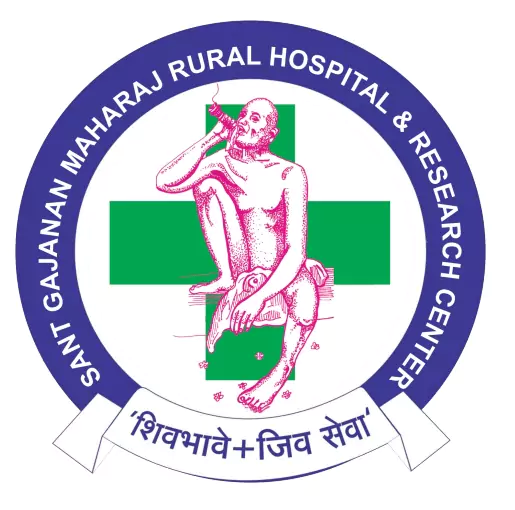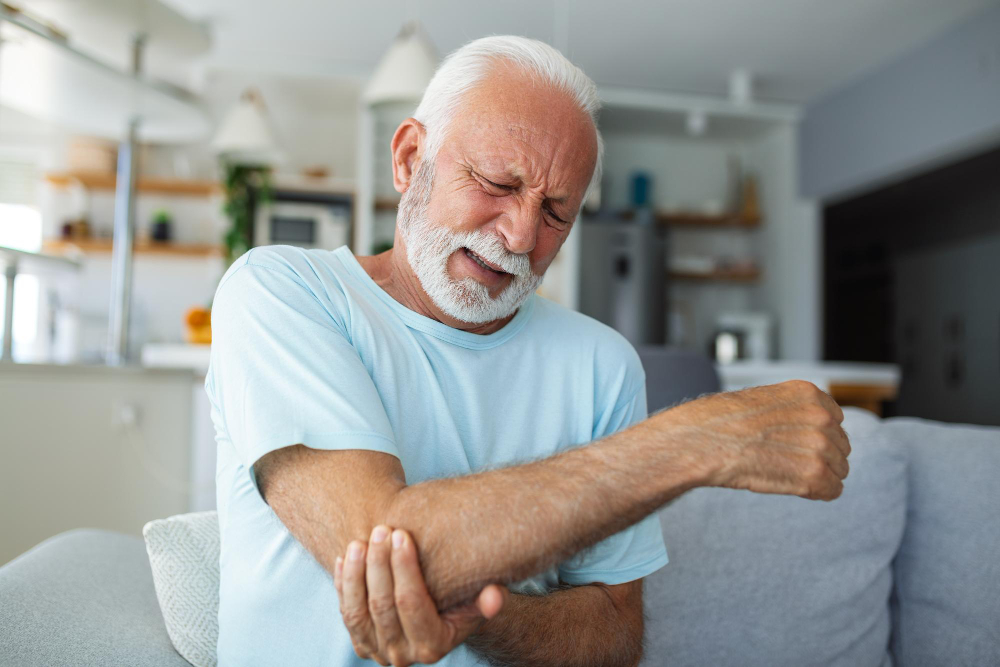What is Arthritis?
Arthritis is a common condition that causes pain and swelling in the joints. It affects people of all ages, but it is more common in older adults. In fact, arthritis can make daily tasks harder because it limits movement. According to the CDC, over 54 million adults in the United States have some form of arthritis. There are many types, but osteoarthritis and rheumatoid arthritis are the most common. While arthritis can affect any joint, it often targets the knees, hands, hips, and spine. Early care can help manage symptoms and improve quality of life.
Common Symptoms of Arthritis
Arthritis symptoms can vary, but most people notice joint pain first. Sometimes, symptoms develop slowly. Other times, they appear suddenly. Knowing the signs can help you seek care early. Common arthritis symptoms include:
However, not everyone has all these symptoms. If you notice any of these signs, it is wise to talk to a doctor.
Causes and Risk Factors
Arthritis has many causes. Sometimes, it develops as people age. Other times, injuries or infections can trigger it. Here are some common causes and risk factors:
Because some risk factors can be changed, healthy habits may help lower your risk.
Diagnosis Methods
Doctors use several methods to diagnose arthritis. First, they ask about your symptoms and medical history. Next, they examine your joints for swelling, redness, or warmth. Often, they order tests to confirm the diagnosis. Common diagnosis methods include:
Early diagnosis can help you start treatment sooner and prevent joint damage.
Treatment Options
There are many arthritis treatment options. The right plan depends on the type and severity of your arthritis. Orthopedic arthritis care often includes a mix of medical, surgical, and lifestyle treatments. Here are some common options:
Medical Treatments
Surgical Treatments
Lifestyle Changes
Because each person is different, your doctor will help you choose the best treatment plan.
Prevention and Self-Care Tips
While not all types of arthritis can be prevented, some steps may lower your risk. Even after diagnosis, self-care can help manage symptoms. Consider these tips:
With these habits, you may reduce pain and keep your joints healthy longer.
When to See an Orthopedic Specialist
Sometimes, arthritis symptoms worsen or do not improve with basic care. In such cases, it’s crucial to see an orthopedic specialist. Seek help if:
Early care from an orthopedic expert can help prevent further joint damage and significantly improve your quality of life.
For more information, visit trusted sources like the CDC or WHO.
Consult an orthopedic specialist at Sant Gajanan Maharaj Hospital for personalized arthritis care and advice.




